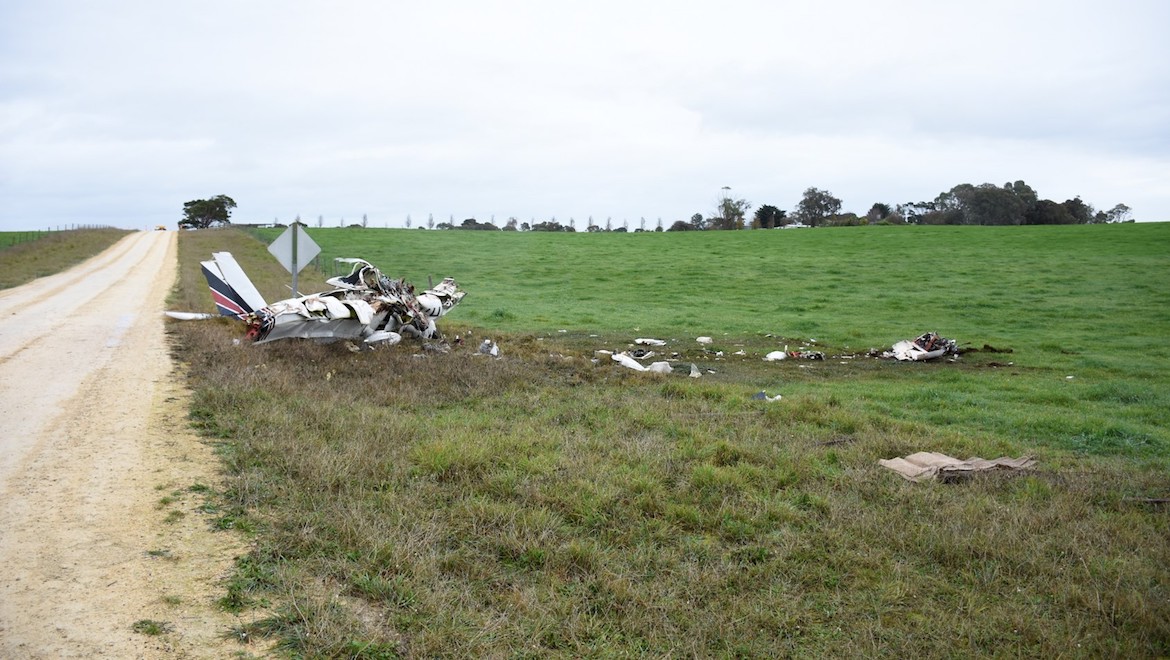
The Australian Transport Safety Bureau (ATSB) has issued a formal safety recommendation calling on charity Angel Flight to consider paying for commercial flights where available to transport sick people to their medical appointments.
The recommendation was included in the ATSB’s final report into the June 28 2017 fatal crash involving a SOCATA TB-10 Tobago light aircraft VH-YTM that was conducting a community service flight organised by Angel Flight from Mount Gambier to Adelaide. The pilot and two passengers on board were killed.
ATSB chief commissioner Greg Hood said the bureau’s investigation showed there were commercial passenger flight options available for about two-thirds of private flights organised by Angel Flight.
Further, based on passenger needs, the ATSB said about 30 to 40 per cent of flights could be done using existing commercial flights.
And the cost to purchase two tickets on commercial flights – the patient requiring treatment and their companion – was comparable to what Angel Flight normally paid out in fuel costs for its privately-operated flights.
“As a charity established to transport rural and regional people with limited financial means to medical appointments, the ATSB considers that Angel Flight could and should include the fact that commercial passenger flights have a lower safety risk to passengers than private operations as a factor when they are organising flights,” Hood said in a statement on Tuesday.
Set up in 2003 as a not-for-profit organisation, Angel Flight helps arrange transport for financially disadvantaged people in regional Australia to attend medical appointments, often in the major capital cities.
It does not have an air operator’s certificate. Instead, it relies on pilots volunteering their time. The ATSB noted Angel Flight had about 3,180 registered pilots at June 2017.
Australia’s Civil Aviation Safety Authority (CASA) has classified flights conducted on behalf of Angel Flight as private operations, meaning all operational responsibility for the flight remained with the pilot in command.
In response to the safety recommendation, Angel Flight said in the final report it was “inappropriate” for the ATSB to criticise the charity for not abandoning the model for which it was constituted.
“Angel Flight only consider the use of regular passenger transport in two circumstances: if a private pilot is unavailable or cancels at short notice and flights are available, or if the flights are capital city to capital city,” the charity said.
“They are not, and are not required to be, considered other than as a back-up and for long distance compassionate flights.”
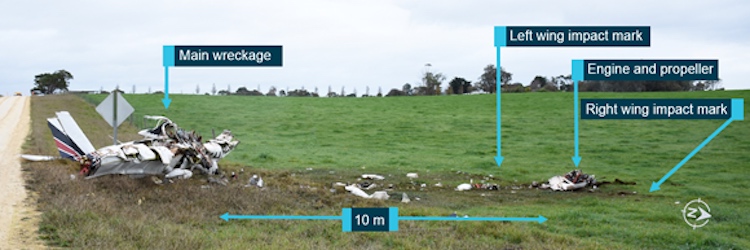
SOCATA Tobago crashed 70 seconds after takeoff
The ATSB final report into the crash said aircraft took off from Mount Gambier Airport a little after 1020 local time as a private flight operating under visual flight rules.
However, after reaching a height of 300ft, the aircraft descended and impacted terrain about 70 seconds after take-off.
The aircraft wreckage was located about 200m south of the last recorded position and 2km from the departure runway.
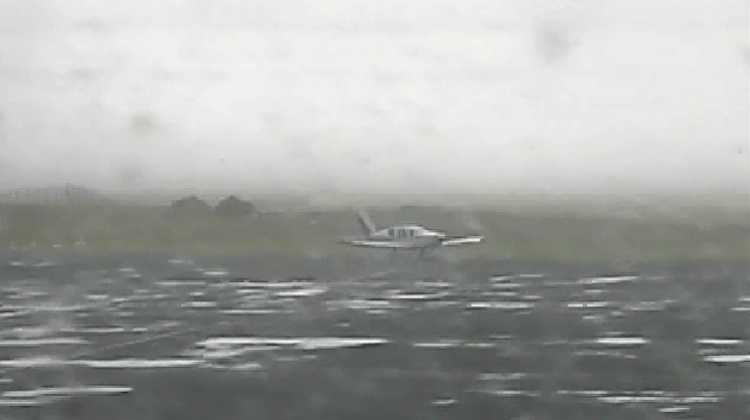
“The ATSB found that the pilot took off in low-level cloud without proficiency for flight in instrument meteorological conditions,” the ATSB final report said.
“Shortly after take-off, the pilot likely lost visual cues and probably became spatially disorientated, resulting in loss of control of the aircraft and collision with terrain.”

The ATSB final report noted it was the second fatal accident involving an Angel Flight organised flight, following a 2011 crash in country Victoria that killed the pilot and one passenger. A second passenger later died in hospital.
The report also included an evaluation of safety data from private operations, regular public transport (RPT) and charter flights.
It found that, on average, flights conducted for private of business were at least “five times more likely to end in an accident when compared to charter operations”.
The figure was 46 times more likely than high capacity RPT and 69 times more likely than low capacity RPT.
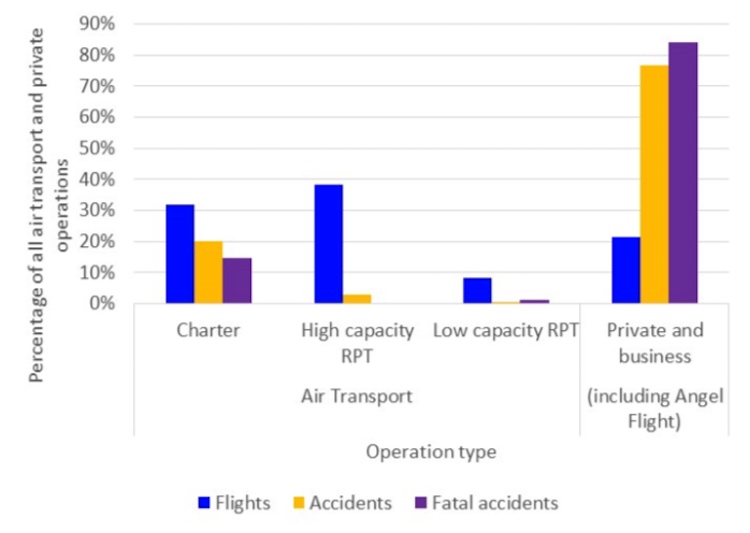
Also, the ATSB final report said the rate of safety occurrences, which could be pre-cursors to a fatal accident, was substantially higher for passenger-carrying Angel Flight operations than other private operations.
It said privately conducted passenger carrying community service flights organised by Angel Flight had an average likelihood of 35 occurrences per 10,000 flights based on the 47 safety occurrences between 2008 and 2017.
By comparison, the figure for other private operations was an average of seven occurrences per 10,000 flights.
The ATSB final report said the difference was “likely indicative of a different overall operational environment”.
“The ATSB considers that the conduct of community service flights, where volunteer pilots flying private aircraft to transport those less fortunate requiring medical treatment from regional and rural Australia, demonstrates a laudable concern for others,” Hood said.
“However, our analysis of the circumstances of this tragic accident highlights that passengers on Angel Flight community service flights, and indeed their volunteer pilots, are being exposed to much higher levels of risk compared with other types of aviation operations.
“Angel Flight did not pressure pilots to fly in conditions beyond their capability, but some circumstances can lead a pilot to feel pressure anyway, such as the responsibility to fly unrelated ill passengers to meet medical deadlines. This can lead to degraded decision making under high-pressure situations, like when confronted with poor weather.”
The ATSB said it commended Angel Flight for initiating some pro-active actions in recent times, such as the development of an online safety course, a pilot mentoring program, and the implementation of a safety management system.
“I would also like to reiterate that the ATSB is supportive of the community service flight sector,” Hood told reporters in Canberra on Tuesday.
“But based upon the analysis it is essential that controls for risk be strengthened.”
The full report can be found on the ATSB website.




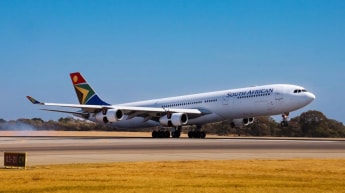











Peter Vears
says:As older private pilots we must acknowledge that, irrespective of hours and experience, our reactions slow somewhat and decision making may not be as sharp.
Fly or no fly decisionsin anything other than ideal conditions need be carefully considered so we are always well within the safety envelope.